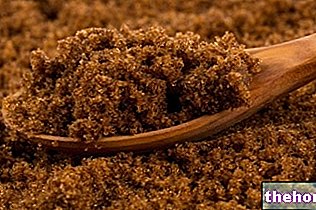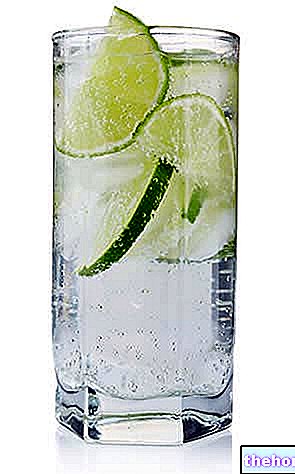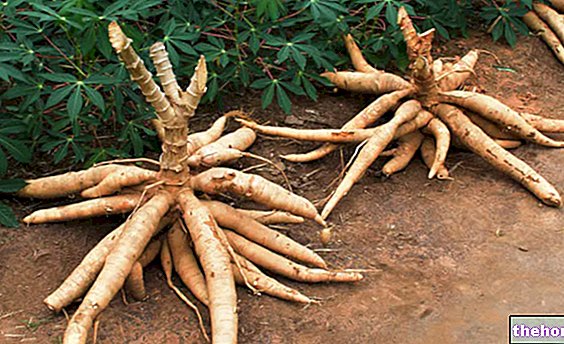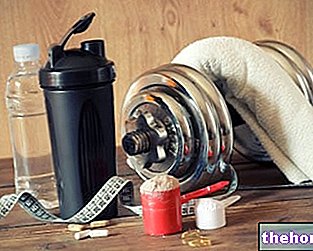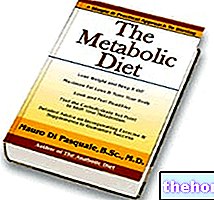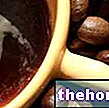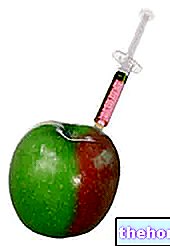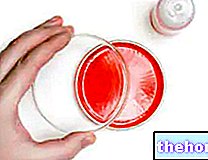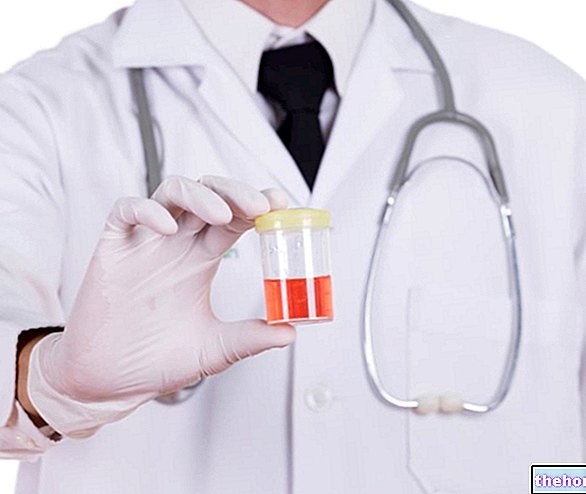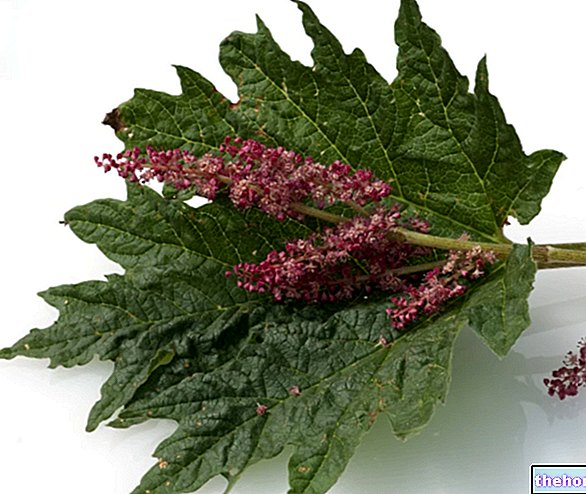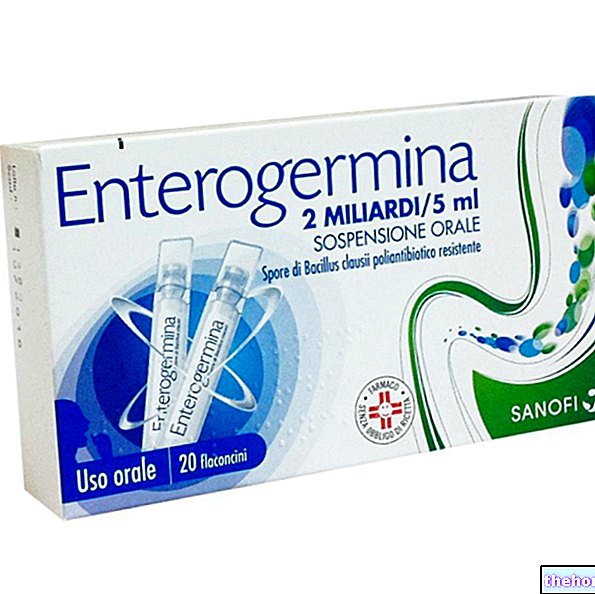In collaboration with Dr. Eleonora Roncarati
Definition
Honey is the food product (natural sweet substance) that honey bees (Apis mellifera) produce from the nectar of flowers or from the secretions coming from living parts of plants or that are found on them, which they forage, transform, combine with specific substances of their own, deposit, dehydrate, store and leave to mature in the honeycombs of the hive (DL 21 May 2004, n. 179).
In the above definition, the double origin - vegetable and animal - of honey is indicated. Honey is, in fact, the sugary substance elaborated by honey bees and NOT by other insects, which originates from the nectar of flowers or honeydew, and NOT from other sugary products; no substance can be added or subtracted from the bee product, so that it can be defined as honey.

Deposition of honey in a cell of a frame
Types of honey
Depending on the origin, the following are distinguished:
- flower honey or nectar honey, obtained from the nectar of plants; NECTAR is the sugary liquid secreted by the nectary of the Angiosperms, with a luring function for insects; it essentially consists of water and 3 sugars: glucose, fructose and sucrose. There are also small quantities of other sugars and aromatic substances, mineral salts, organic acids, amino acids and enzymes; the composition of the nectar, relatively constant for each botanical species, directly affects the composition of the resulting honey. The transformation into honey is carried out enzymatically in the digestive system of bees.
- honeydew honey, obtained mainly from the substances secreted by sucking insects found on living parts of the plant. MELATA: they are small sticky droplets, rich in sugary substances, produced by the aerial parts of plants. It is a derivative of tree sap, produced by some sucking insects such as metcalfa, which transform plant sap by retaining nitrogen and expelling excess liquid rich in sugars. This solution, called honeydew, remains on the surface of the leaves and branches of the plants that host parasitic insects and is collected by bees and other insects; the honeydew damages the plant because it represents a loss of energy substances and because these sugary substances are an ideal substrate for the development of saprophytic fungi.
Depending on the production or extraction method, the following are distinguished:
- honeycomb honey (stored by bees in honeycomb cells built by them in batches of thin waxy sheets, essentially made of beeswax, and sold in honeycombs, even whole)
- honey with pieces of comb or sections of comb in honey (which contains one or more pieces of honey in the comb)
- drained honey
- centrifuged honey
- pressed honey
- filtered honey.
Honey for industrial use used as an ingredient in other food products intended to be subsequently processed, may have:
- abnormal taste and smell
- to have started a fermentation process or to be effervescent
- having been overheated.
Production and processing techniques
Although honey is not a perishable food, the techniques that can be applied during the production processes must take into account some precautions and, first of all, a basic principle, that of offering the consumer a product that preserves as much as possible all the characteristics that it presents when the bees have deposited it in the cells of the honeycombs of the hive.
PRECAUTIONS so that the product obtained can be considered of a high quality level and GREATER RISKS TO AVOID:
- The apiary must be far from any possible source of pollution, such as urban and industrial settlements, high traffic roads, etc., as well as attention must be paid to the possibility that bees may collect sugary substances other than nectar or honeydew .
- Periodic replacement of queen bees and old honeycombs.
- Correct use of the smoker, in order to avoid that an excessive quantity of smoke compromises the organoleptic characteristics of the product.
- Avoid the use of repellent chemicals to keep bees away from the honeycombs of the supers, as these could contaminate the honey. Traditional mechanical means such as brushes or air blowers used with an override grid are recommended for this purpose.
- The transport of the supers must take place applying the necessary protections; the storage of empty supers in the winter period must take place in cool and dry rooms and must exclude the use of insecticides which could stick to the wax and then be transmitted to the honey.
- It is necessary to strictly apply the principles of HACCP (analysis of risks and critical control points), which also requires companies in this sector to identify every phase that may prove to be critical for the safety of honey and ensure that they are identified, maintained and updated. appropriate safety procedures.
- Keep in mind that any thermal intervention (during the phases of honey preparation described or the application of other technologies, for example to thin the product) still leads to product degradation, a phenomenon that can range from the loss of aromatic and more thermolabile substances up to to a real compromise of the product, the more evident the higher the temperature and, even more, the time of application of the heat treatment. In principle, the temperature of 40 ° C can be considered in itself not harmful to honey, but if applied for a few days, the damage can be greater than that caused by a temperature of 70 ° C for a few minutes.
- Another serious risk that honey can face is an excess of humidity. In fact, since honey tends to establish a balance with the atmosphere in which it is found, it can absorb humidity from a humid environment. For honey to keep well, its water content must be less than 18-20%.
Honey production by bees
The production of honey begins in the goiter of the worker, during his return flight to the hive. In the goiter, the invertase, an enzyme that has the property of breaking down sucrose into glucose and fructose, is added to the nectar, producing a chemical reaction, hydrolysis, which gives, in fact, glucose and fructose. Once in the hive, the bee regurgitates the nectar, rich in water, which must then be dehydrated to ensure its conservation. For this purpose, the foragers lay it in thin layers on the cell wall. The ventilating workers keep it in the hive. a current of air that causes the evaporation of the water. When this is reduced to a percentage from 17 to 22%, the honey is ripe. It is then stored in other cells, which once full will be sealed (capped). "Beginning of the nectar flow, space is provided to the colony for the deposition of the nectar, collected in the form of supers or hive bodies, possibly separated from the nest with queen-excluded grid. At the end of the harvest (or when the supers are full) the supers are taken using a suitable system to eliminate bees from these.
- The simplest method is to take the honeycombs one by one, eliminating the bees that cover them by shaking and brushing them.
- An alternative system consists in "interposing between the nest and the supers to be taken, a diaphragm equipped with a device that allows the passage of bees in one direction only (bee escape) so that, within a day, the supers are free from bees and can be withdrawn.
- Another widely used system, but absolutely inadvisable due to the possible negative consequences on the quality of the honey, consists in the use of chemical repellents (carbolic acid, benzaldehyde, nitrobenzene). The vapors that are released force the bees to move away (towards the nest ) and make the supers free from bees in minutes.
- A more modern and equally rapid technique is constituted by the use of an air current generator (blower) with which the bees are forcibly expelled from the supers.
IMPORTANT: some of the qualitative parameters of honey directly depend on the production techniques adopted.
The most generalized aspect of interest is undoubtedly the water content, on which the shelf life of the honey depends (lower, safer). more widespread remains that of extracting from the hives only the honey that has reached the right degree of ripeness. Honey is generally ripe when it is in completely or almost completely capped combs. It is necessary to avoid collecting honeycombs in which fresh nectar has just been placed, which, with its high moisture content, can "dilute" the entire batch to risk levels. In some cases, however, the efforts of the beekeeper do not they are sufficient to ensure the production of honeys with optimal humidity. This is the case of environments in which the ambient humidity always remains at very high values; it is then possible to intervene in another way to ensure the honey has an "adequate shelf life (see below).
Here is the analysis of the phases of honey processing (set of procedures that the beekeeper carries out to obtain the honey in a marketable form):
- Uncapping
- Honey extraction or extraction
- Decanting and Filtration
- Warm up
- Prevention of fermentation or PASTEURIZATION
- The preparation of liquid honey
- Guided crystallization techniques
- Potting
- Storage
- storage
Other articles on "Honey - Definition, Types of Honey and Production Techniques"
- Honey Production: Uncapping, Honey Extraction, Decanting and Filtration, Heating
- Honey Production: Pasteurization and Techniques to Keep It Liquid
- Honey Production - Guided Crystallization, Potting and Storage
- Honey - Storage and Labeling
- Honey and Diet - Composition and Nutritional Properties

